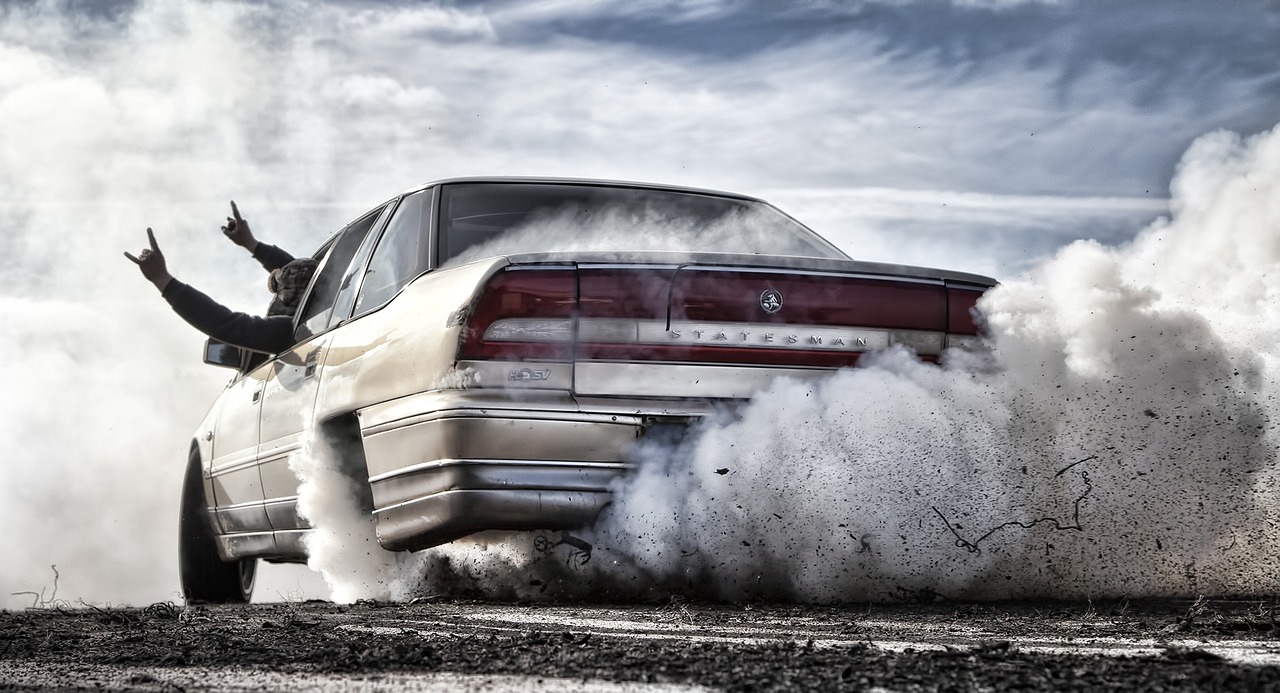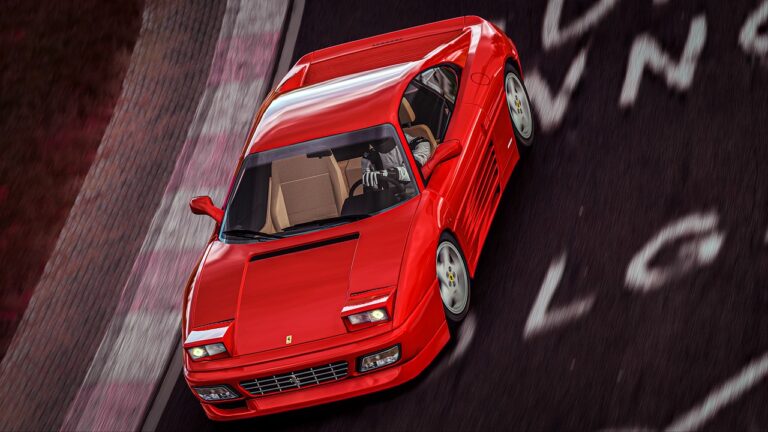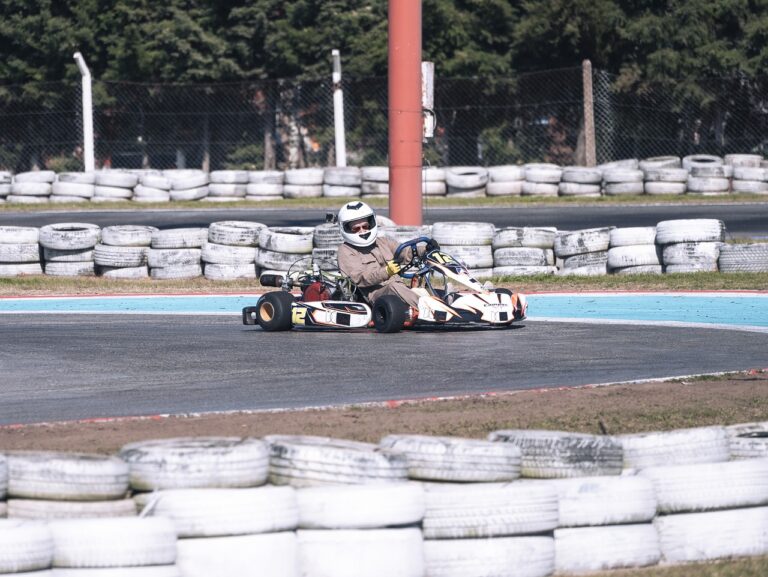The Role of Virtual Reality in Car Design and Engineering
Virtual Reality technology has revolutionized the way car designers approach the creative process. By immersing themselves in virtual environments, designers can visualize their concepts in a realistic and interactive manner. This allows for more efficient exploration of ideas and quick iteration of designs, leading to faster development cycles.
One of the key advantages of using Virtual Reality in car design is the ability to test different design elements without the need for physical prototypes. Designers can analyze the ergonomics, aesthetics, and functionality of a vehicle in a virtual space before committing to costly production. This not only saves time and money but also enables designers to fine-tune their concepts with precision and detail.
Advantages of Using Virtual Reality in Car Engineering
Virtual reality technology in car engineering provides numerous benefits for designers and engineers alike. By simulating various design elements in a virtual environment, professionals can visualize and analyze the vehicle’s components in real-time, allowing for quick adjustments and improvements without the need for physical prototypes. This not only saves time but also reduces costs associated with traditional design methods.
Furthermore, virtual reality enables car designers to test different scenarios and configurations efficiently, leading to faster iterations and ultimately a more refined final product. With the ability to explore different design possibilities virtually, professionals can experiment with innovative ideas and push the boundaries of traditional car design, resulting in more creative and cutting-edge vehicles.
Enhancing Collaboration Among Car Designers Through Virtual Reality
Virtual reality technology has revolutionized the way car designers collaborate on projects. By immersing themselves in a virtual environment, designers can work together seamlessly regardless of their physical locations. This technology enables real-time interaction, allowing team members to evaluate designs, make adjustments, and provide feedback instantly.
The ability to visualize and manipulate 3D models in a shared virtual space enhances communication among car designers. Instead of traditional methods that rely on 2D drawings or physical prototypes, virtual reality offers a more immersive and intuitive way to brainstorm ideas and solve design challenges collaboratively. This fosters a more creative and efficient workflow, leading to innovative car designs that meet the demands of the modern automotive industry.
How does virtual reality technology benefit car design?
Virtual reality technology allows designers to visualize and interact with their designs in a realistic 3D environment, helping them make more informed decisions and identify potential issues early in the design process.
What are some advantages of using virtual reality in car engineering?
Some advantages of using virtual reality in car engineering include improved design accuracy, reduced development time and costs, enhanced collaboration among team members, and the ability to test designs in a virtual environment before physical prototypes are made.
How does virtual reality enhance collaboration among car designers?
Virtual reality allows designers from different locations to work together in a shared virtual environment, enabling real-time collaboration, feedback, and decision-making. This helps streamline the design process and ensures that all team members are on the same page.
Can virtual reality technology be used for designing all types of vehicles?
Yes, virtual reality technology can be used for designing a wide range of vehicles, including cars, trucks, motorcycles, and even airplanes. Its versatility and flexibility make it a valuable tool for designers in various industries.







